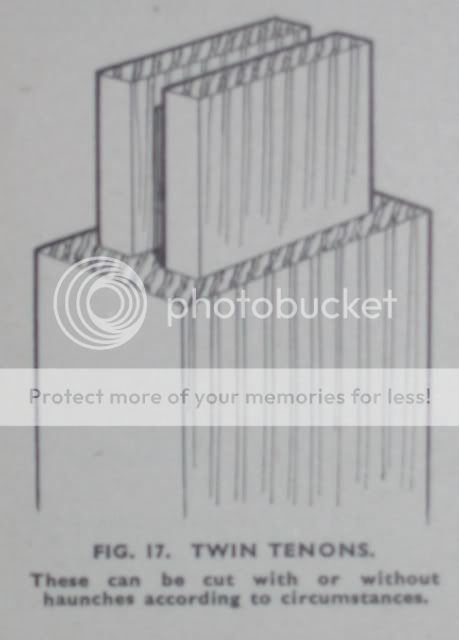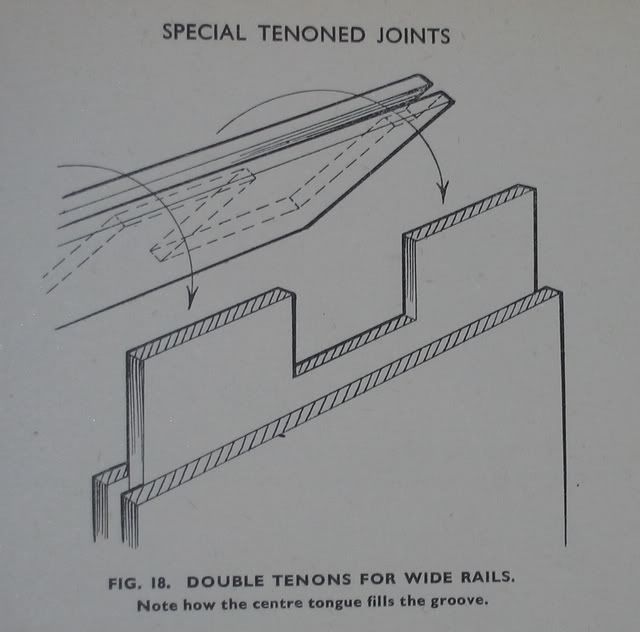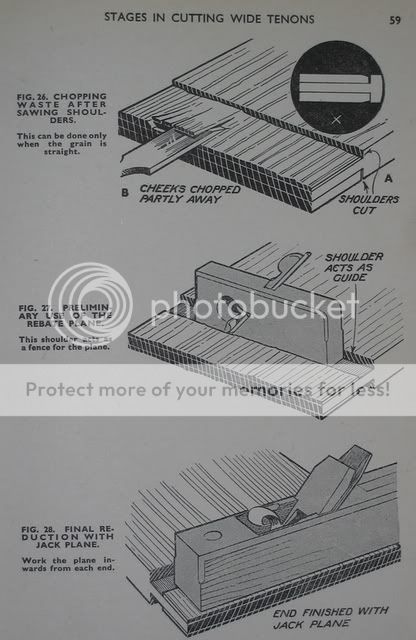ByronBlack
Established Member
Does anyone know of a good book, or online article/page that shows how to mark up and cut a double M&T. I've been thinking about it all today and can't visualise how you go about marking and cutting this joint properly. Any help gratefully received, in the meantime, I shall continue to trawl the interweb to see if I can find anything.









